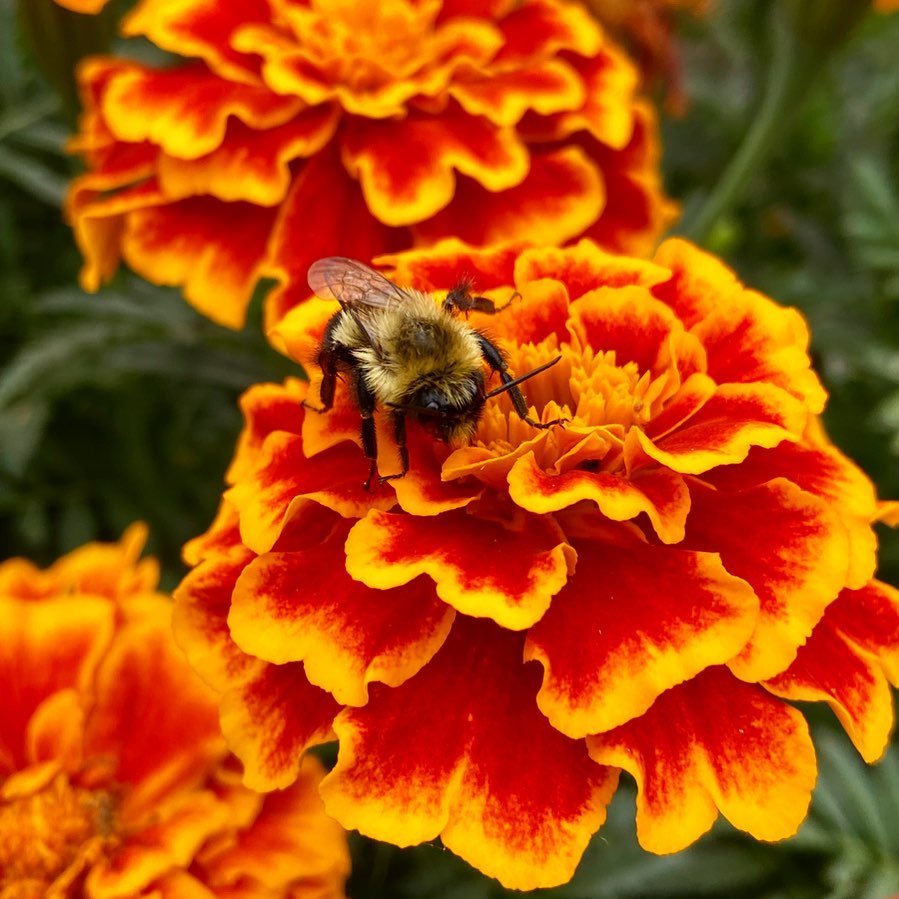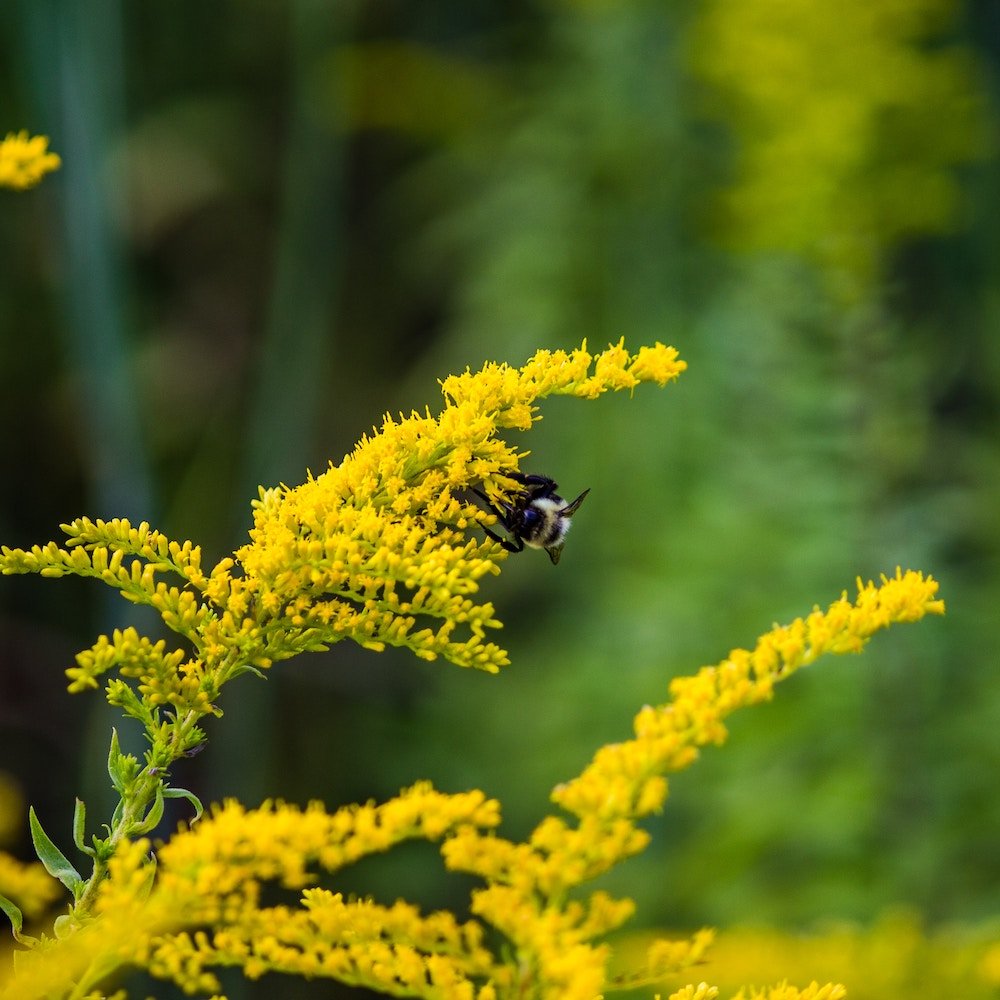Helping Pollinators
Our life on earth is interconnected with all other living beings. Some of our relatives give us air to breathe. Some of our relatives help clean our water. Some of our relatives provide food for us to eat. Among these great givers are pollinators – animals and insects who help plants to fertilize and become the fruits and vegetables that we eat.
Unfortunately, all pollinators are facing declining numbers due to pesticides, disease, habitat loss, lack of biodiversity and resources. Amongst the pollinators in decline are bees, which is alarming because without bees, we face changes in food and crop availability. But there are many ways we can help pollinators and improve their health in the future.
This month, we are sharing ideas about some ways we can help pollinators. We’re collaborating with our friend, Anna Maria Despiris (@beekeepingmama), a beekeeper, farmer (Sun and Bloom Farms), and mother, to learn more about pollinators and what we can do to protect them.
Much like us, pollinators need food, water, shelter, and clean air. During the hot summer months, bees are especially stressed by the lack of access to clean water and increased pesticides usage. So we can help them by:
1. Planting summer and fall flowers such as salvia, marigold, and goldenrod to provide more forage throughout the seasons.
A bee on a marigold flower. Photo courtesy of @beekeepingmama.
2. Making water stations to quench their thirst during hot summer months.
A bee drinking water from a water station via Rural Sprout
3. Designing a pollinator-friendly garden where they can find food and safe shelter.
Photo by Jeffrey Hamilton via Unsplash.
4. Keeping track of pollinator populations by observing them and sharing the data with researchers such as Bumble Bee Watch, and The Great Sunflower Project.
Photo by Shiebi AL via Unsplash.
Ready to lend a hand? Follow along with us on Instagram throughout this month as we share more about ways to help pollinators.




